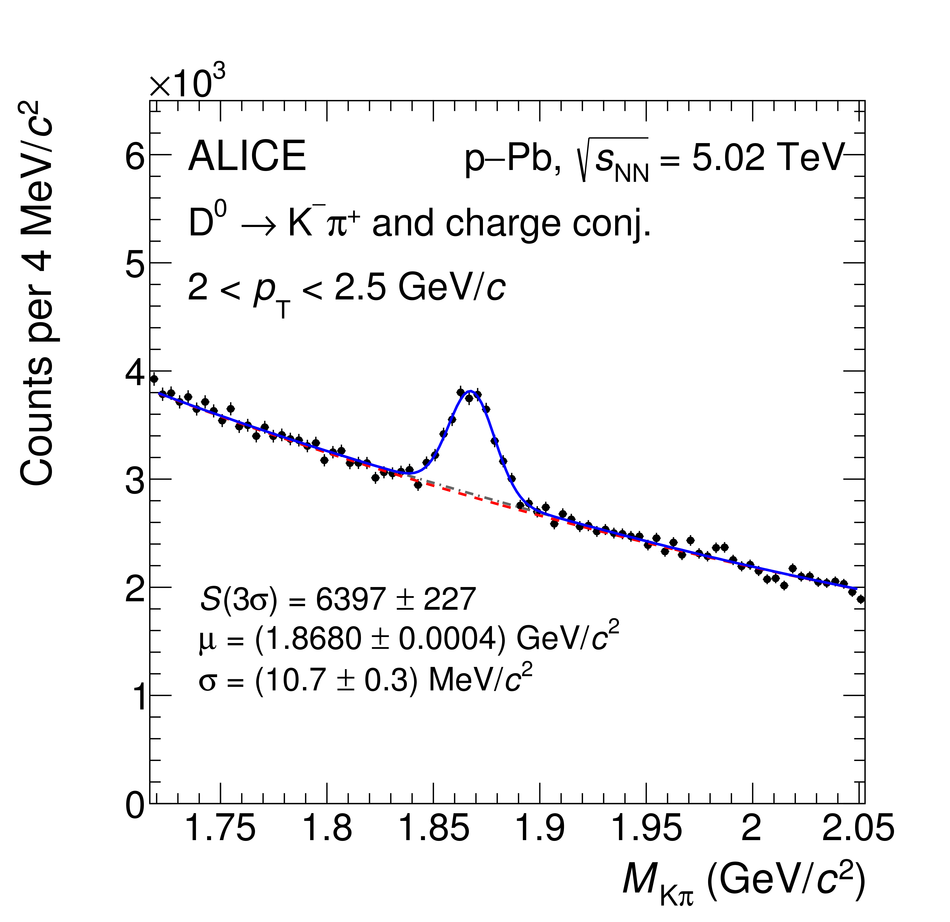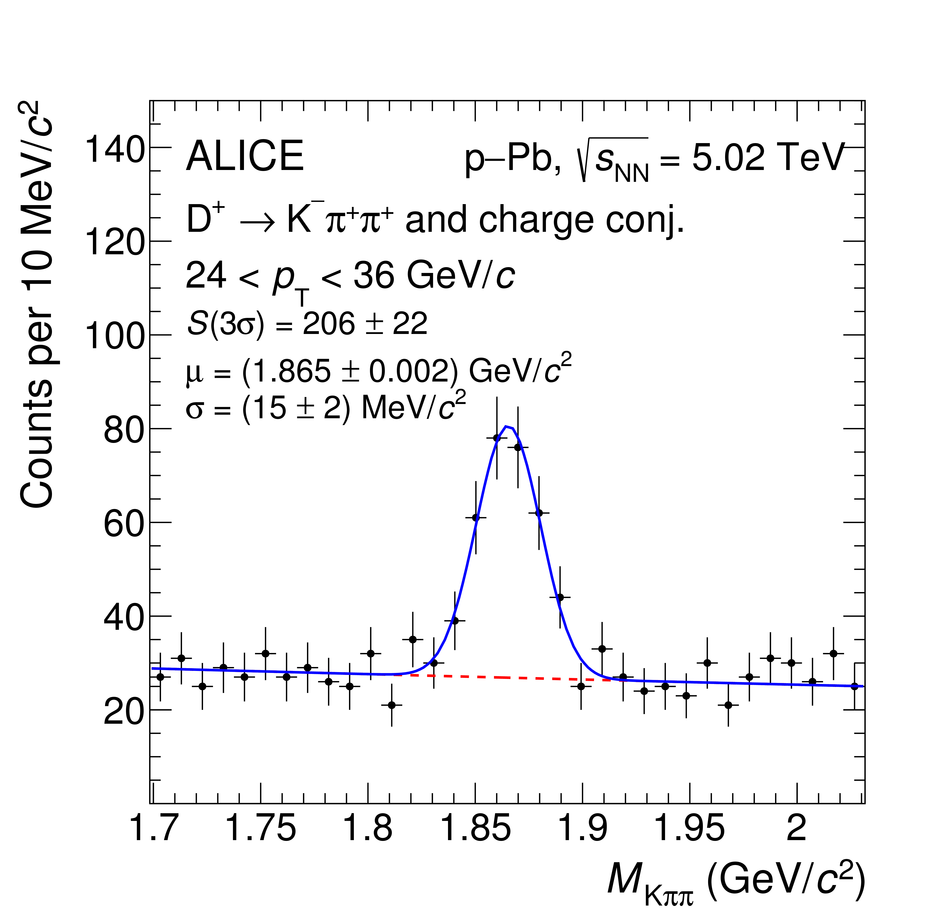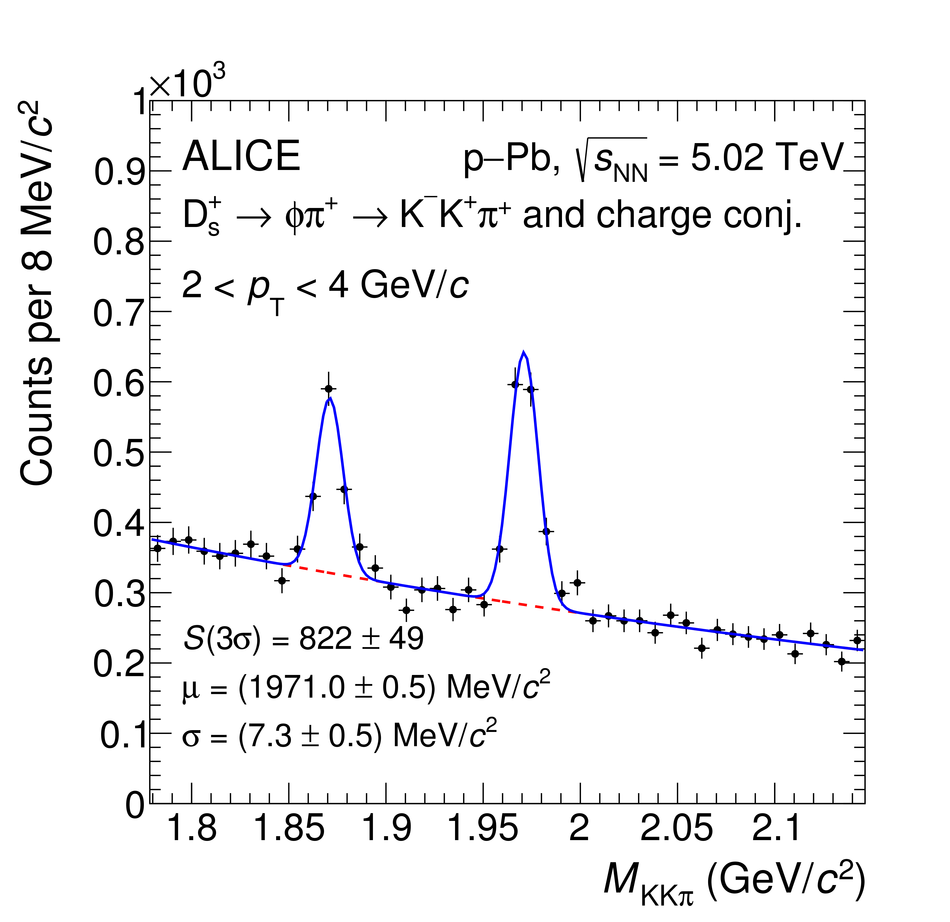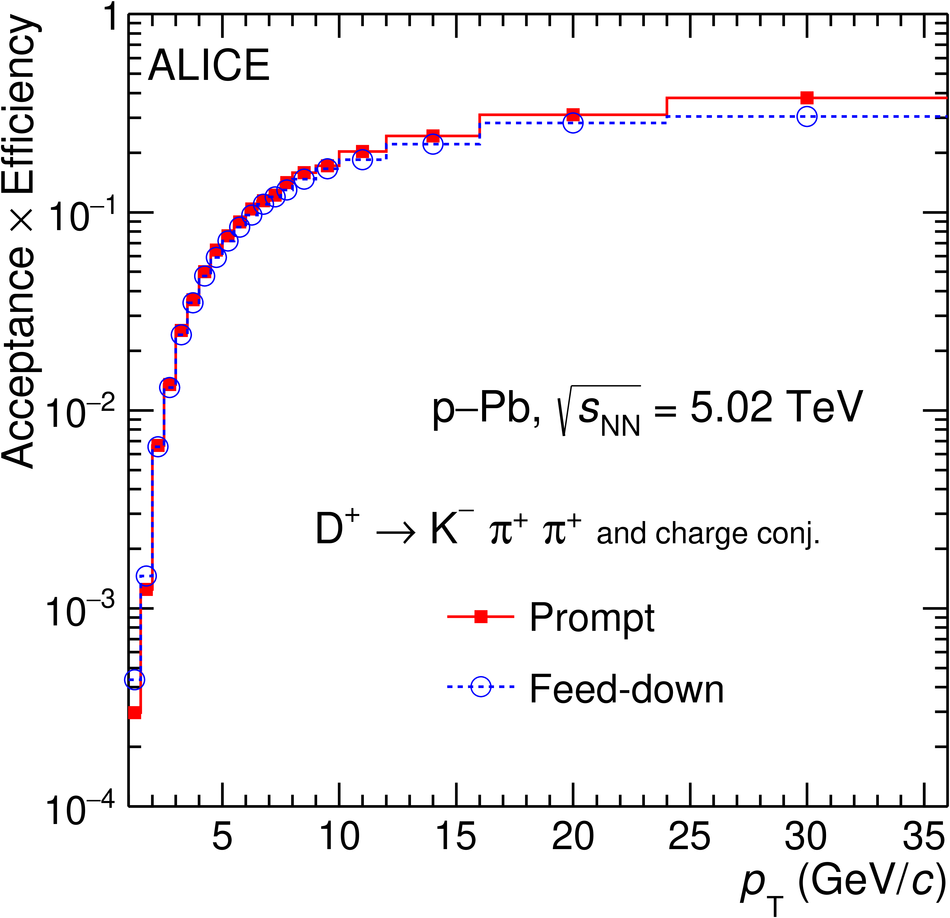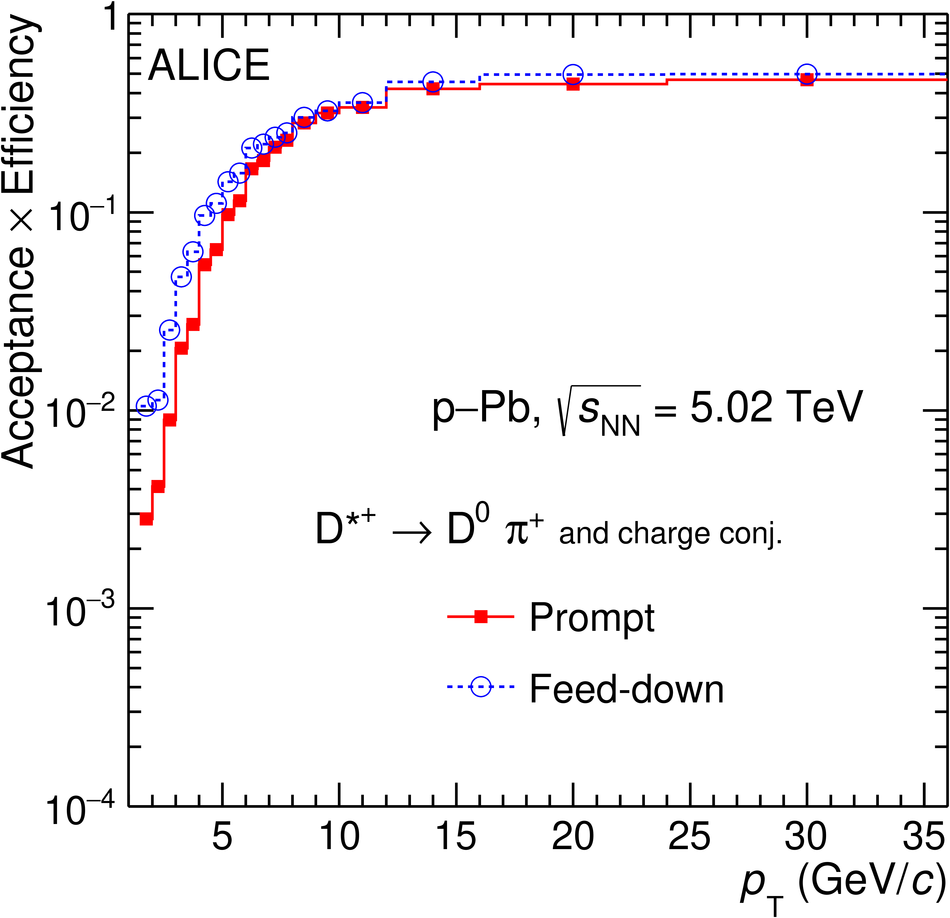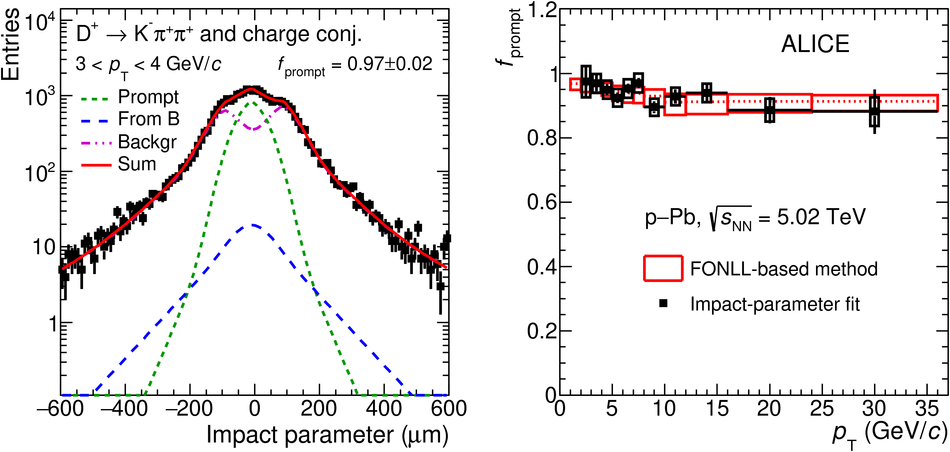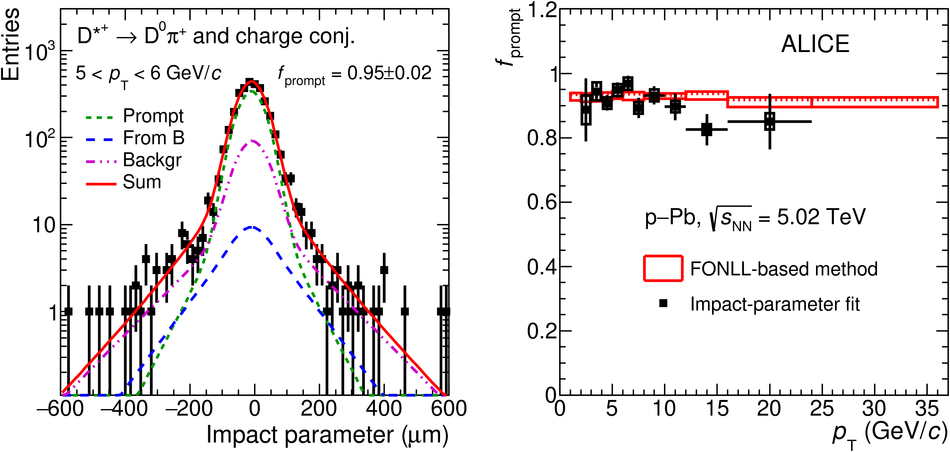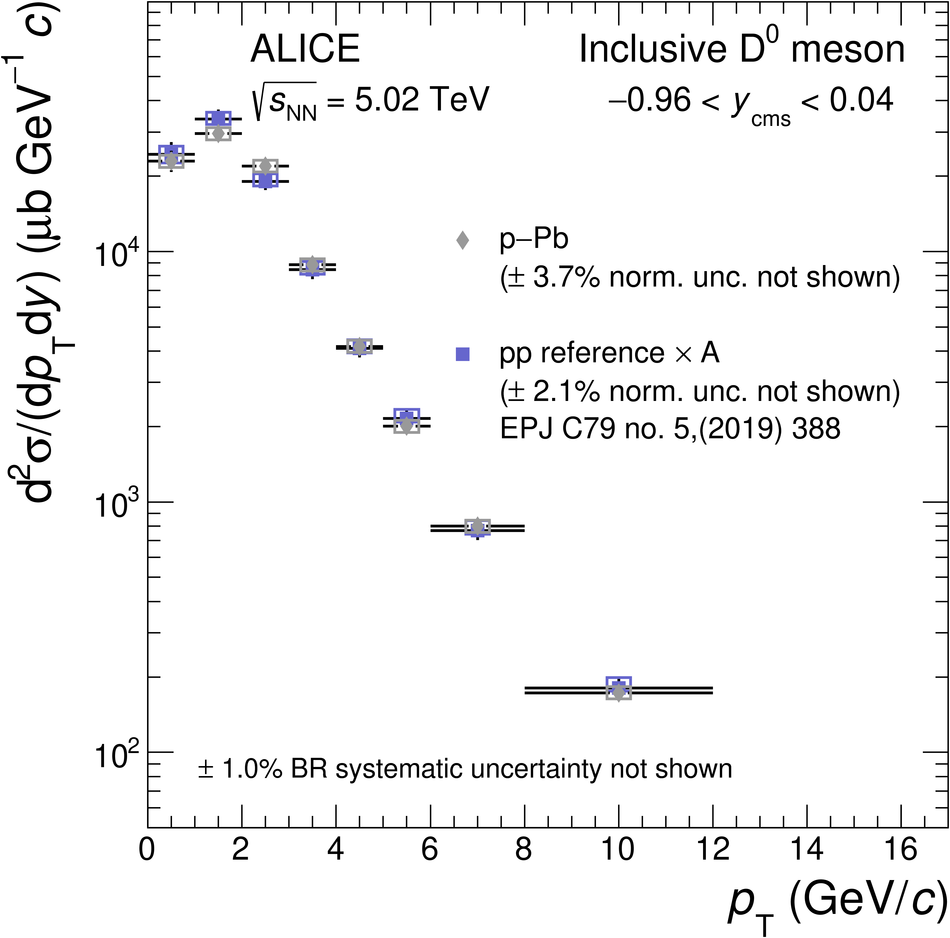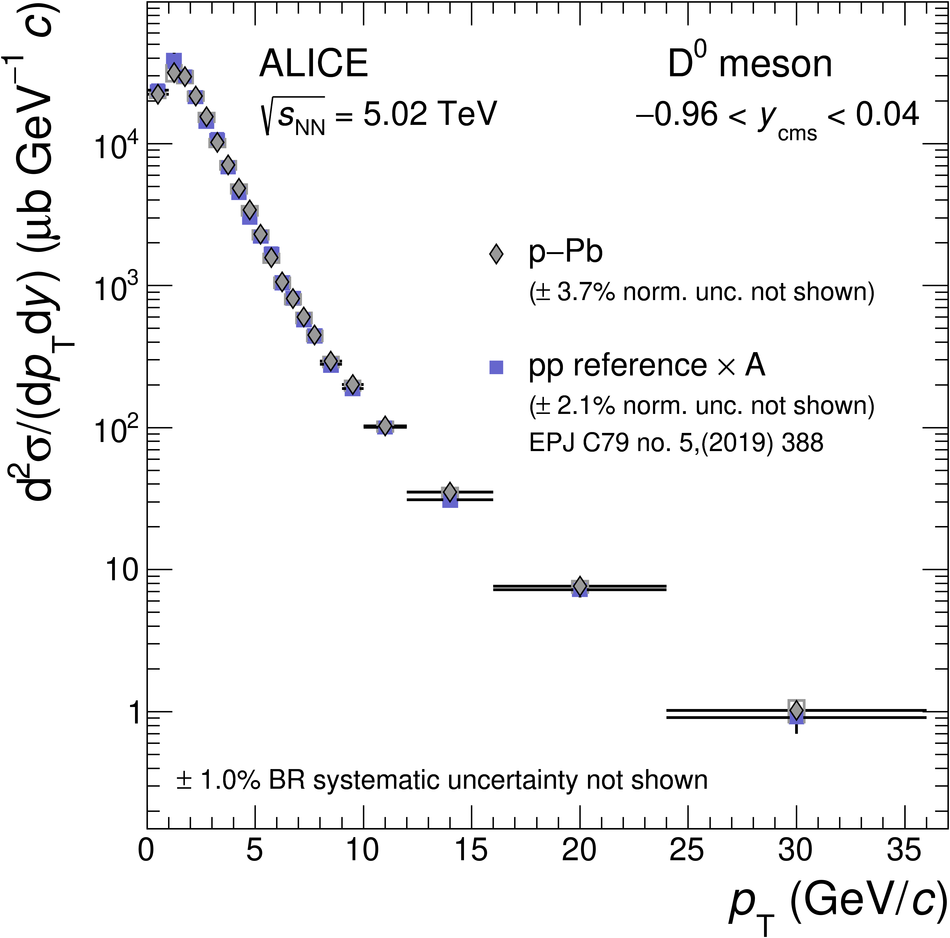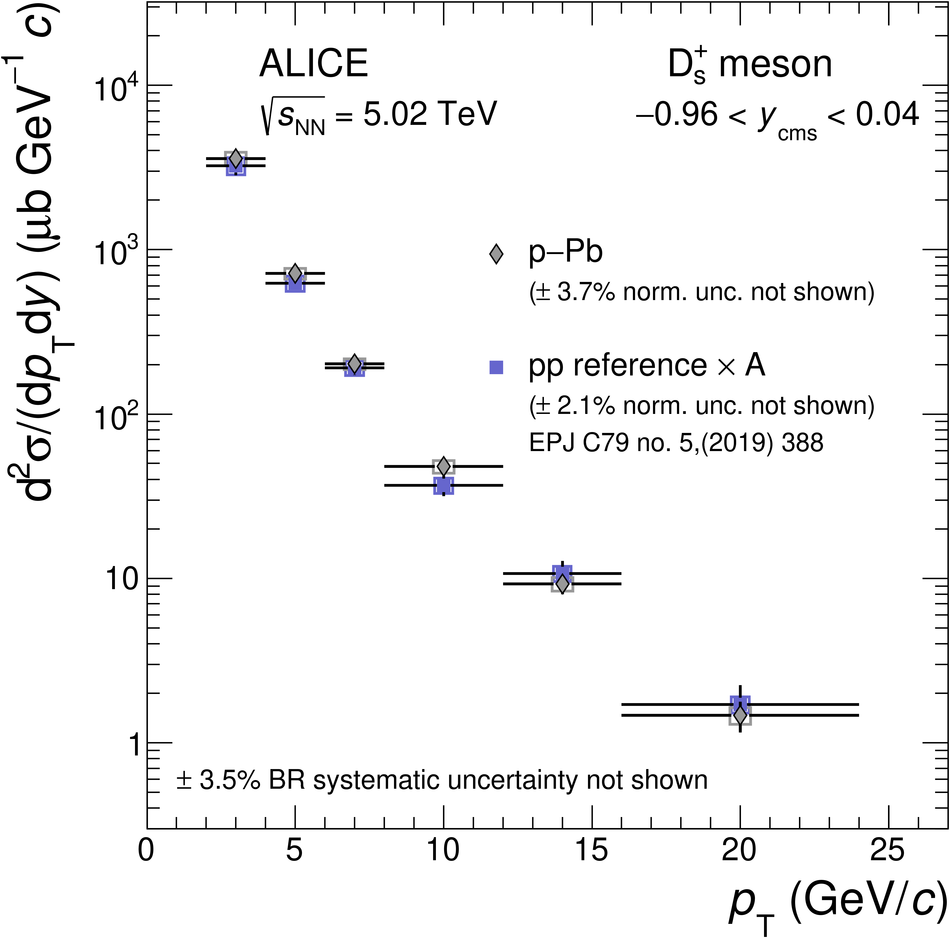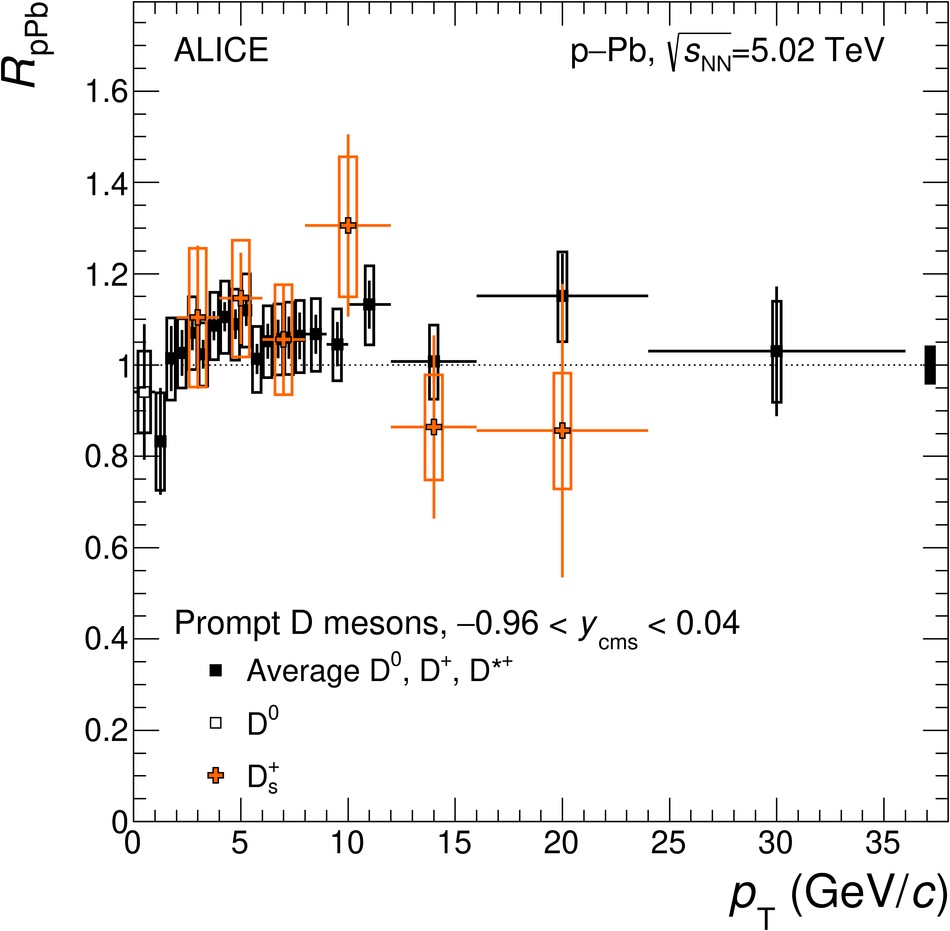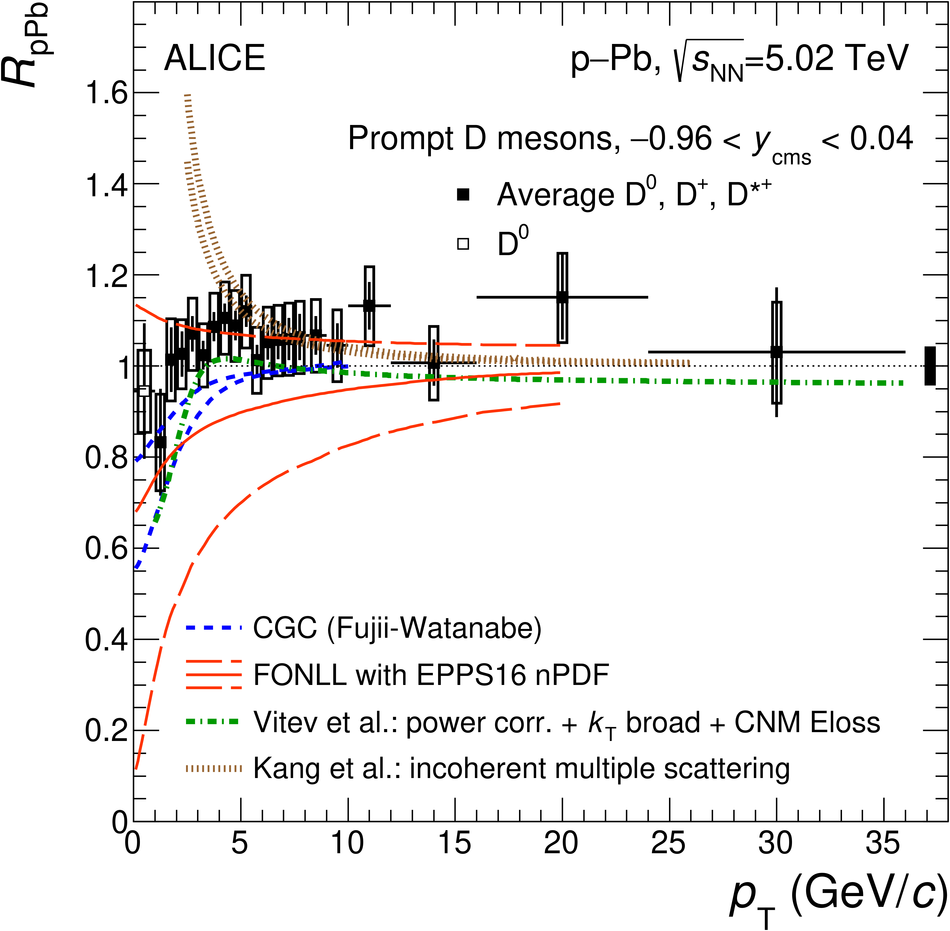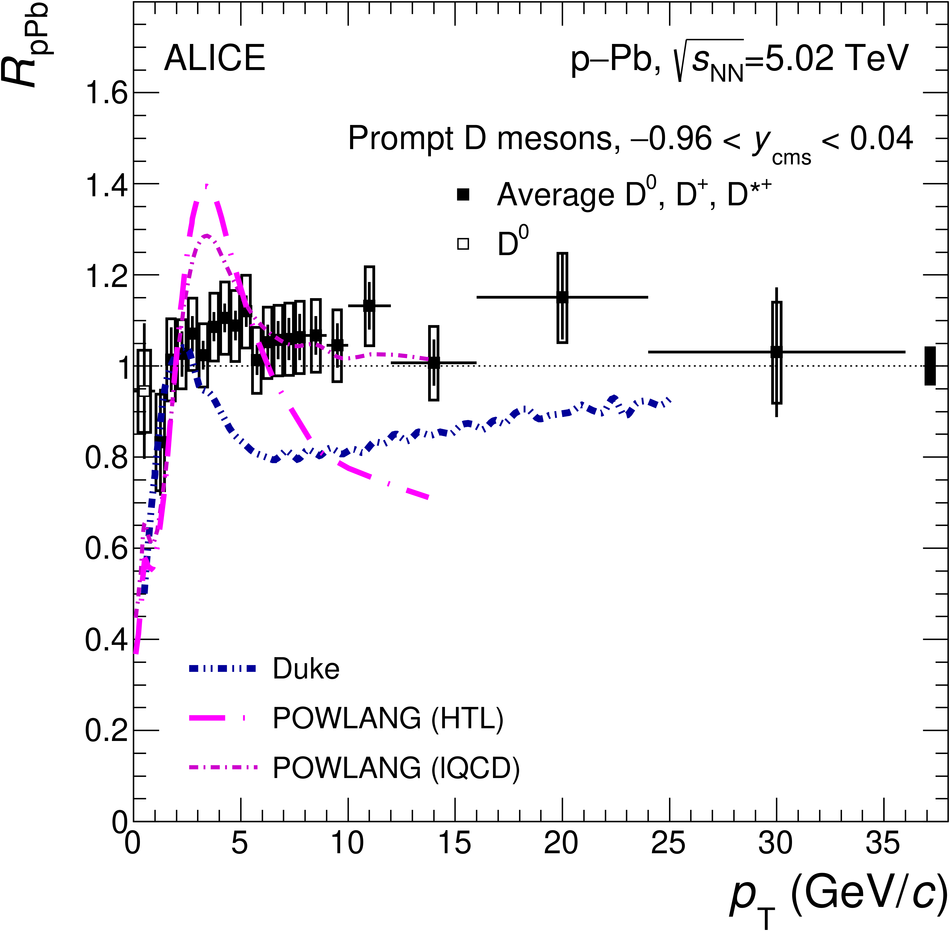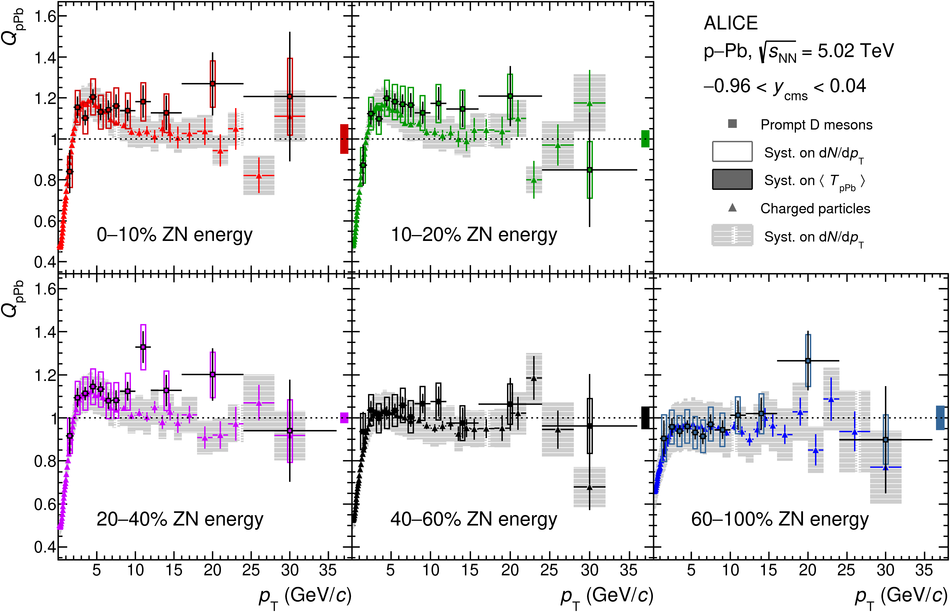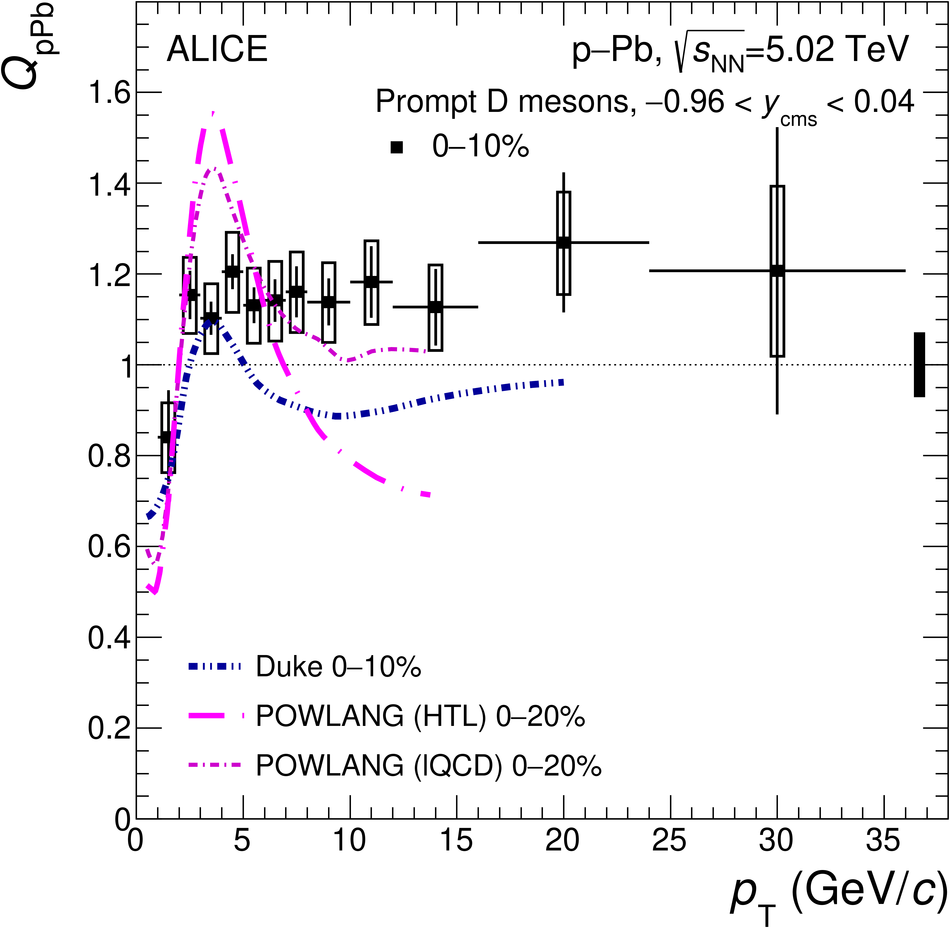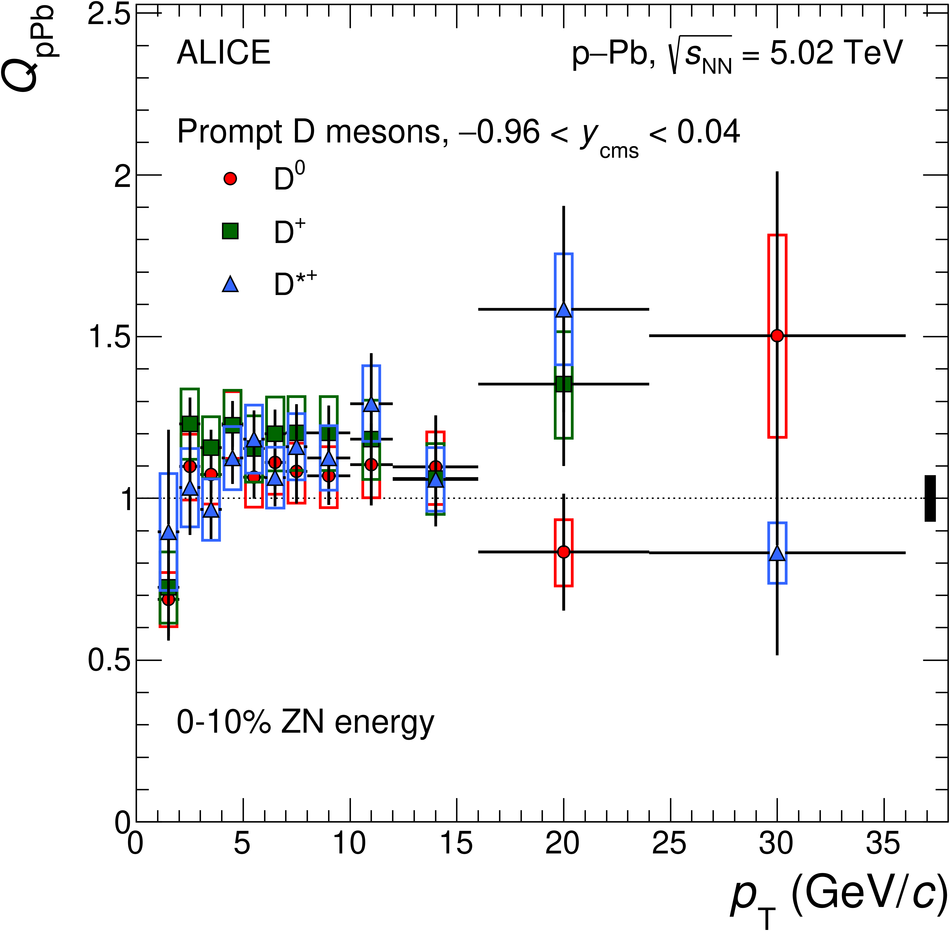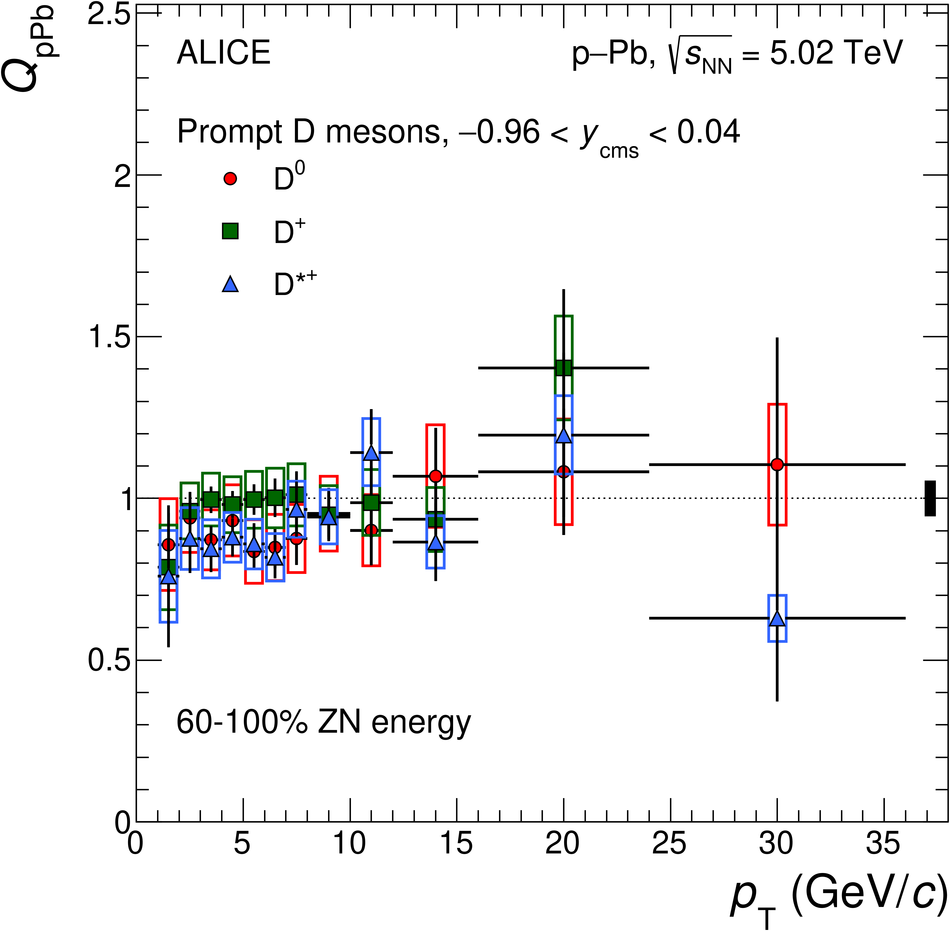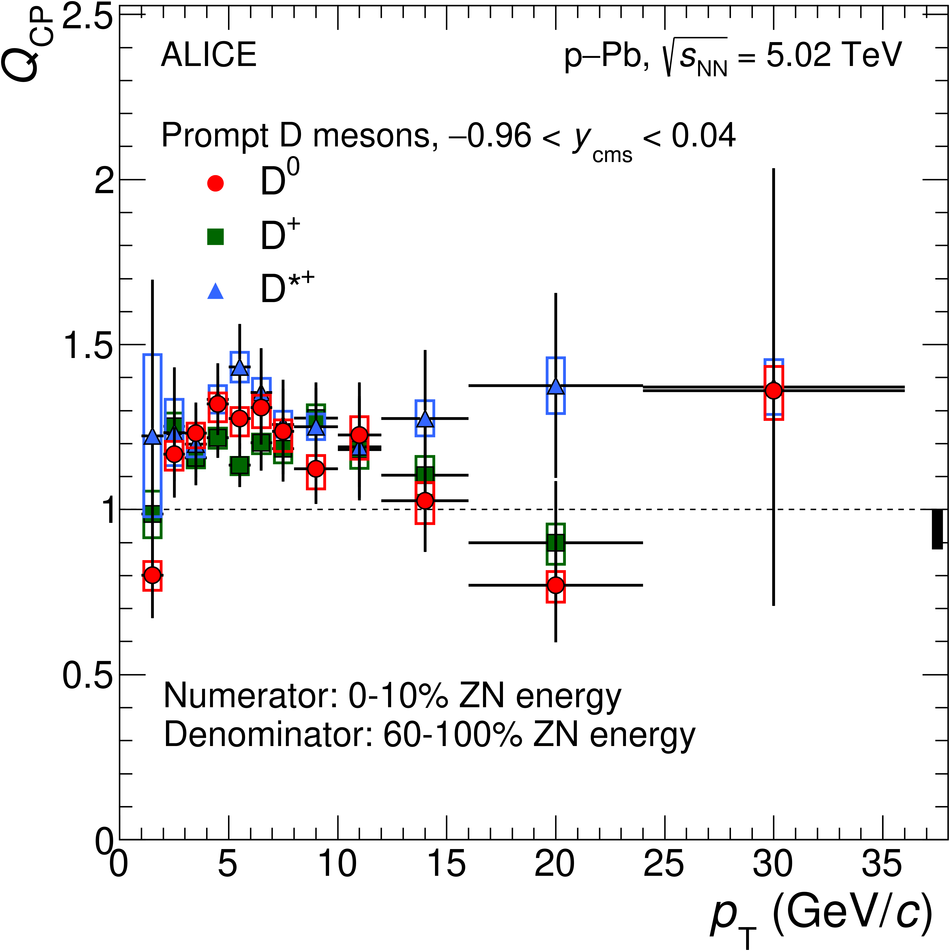The measurement of the production of prompt D$^0$, D$^+$, D$^{*+}$, and D$^+_s$ mesons in proton$-$lead (p$-$Pb) collisions at the centre-of-mass energy per nucleon pair of $\sqrt{s_{\rm NN}}$ = 5.02 TeV, with an integrated luminosity of $292\pm 11$ $\mu$b$^{-1}$, are reported. Differential production cross sections are measured at mid-rapidity ($-0.96<~y_{\rm cms}<~0.04$) as a function of transverse momentum ($p_{\rm T}$) in the intervals $0<~ p_{\rm T} <~ 36$ GeV/$c$ for D$^0$, $1<~ p_{\rm T} <~36$ GeV/$c$ for D$^+$ and D$^{*+}$, and $2<~ p_{\rm T} <~24$ GeV/$c$ for D$^+_s$ mesons. For each species, the nuclear modification factor $R_{\rm pPb}$ is calculated as a function of $p_{\rm T}$ using a proton-proton (pp) reference measured at the same collision energy. The results are compatible with unity in the whole $p_{\rm T}$ range. The average of the non-strange D mesons $R_{\rm pPb}$ is compared with theoretical model predictions that include initial-state effects and parton transport model predictions. The $p_{\rm T}$ dependence of the D$^0$, D$^+$, and D$^{*+}$ nuclear modification factors is also reported in the interval $1<~ p_{\rm T} <~ 36$ GeV/$c$ as a function of the collision centrality, and the central-to-peripheral ratios are computed from the D-meson yields measured in different centrality classes. The results are further compared with charged-particle measurements and a similar trend is observed in all the centrality classes. The ratios of the $p_{\rm T}$-differential cross sections of D$^0$, D$^+$, D$^{*+}$, and D$^+_s$ mesons are also reported. The D$^+_s$ and D$^+$ yields are compared as a function of the charged-particle multiplicity for several $p_{\rm T}$ intervals. No modification in the relative abundances of the four species is observed with respect to pp collisions within the statistical and systematic uncertainties.
JHEP 2019 (2019) 92
HEP Data
e-Print: arXiv:1906.03425 | PDF | inSPIRE
CERN-EP-2019-125

